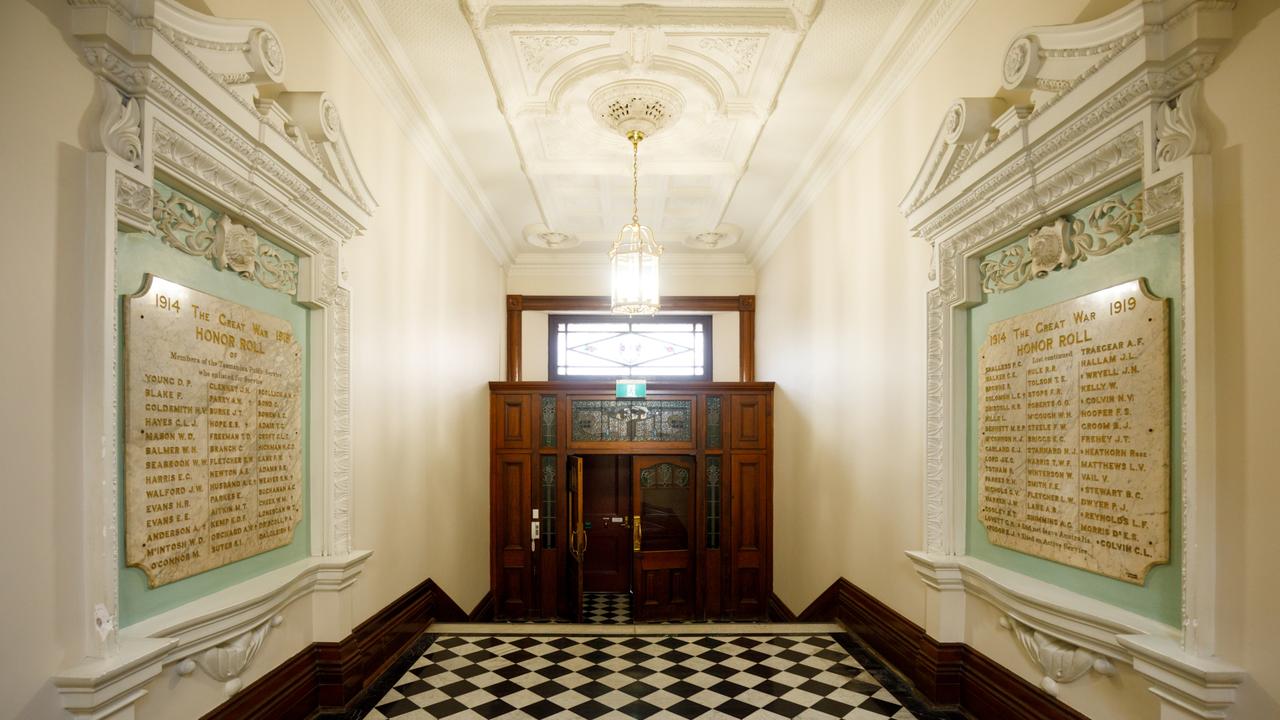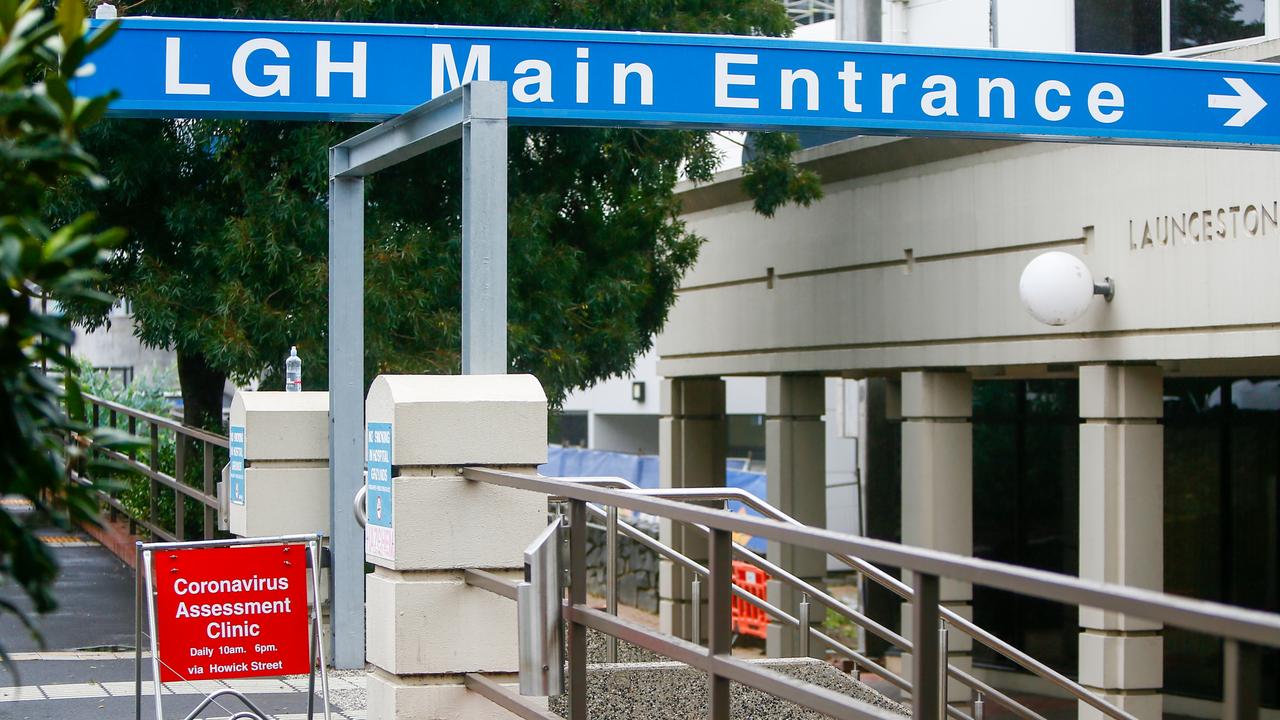Ranger’s expert hiking tips after 18 rescued at kunanyi/Mount Wellington
Kunanyi/Mount Wellington offers the ultimate outdoor playground for adventure seekers. But its untamed wilderness is not to be underestimated. A park ranger shares his top tips to explore the mountain safely.
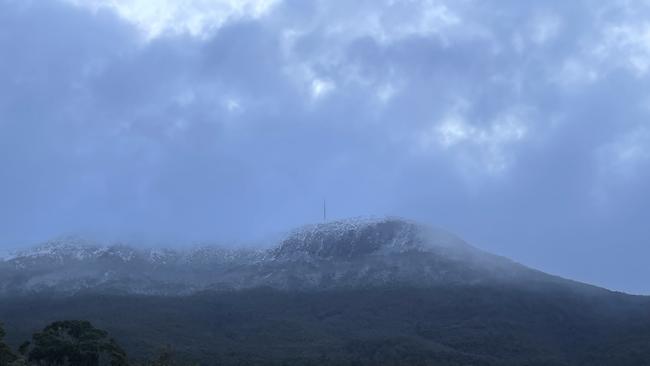
Tasmania
Don't miss out on the headlines from Tasmania. Followed categories will be added to My News.
From sea level in Hobart, the view of a snow-covered kunanyi/Mount Wellington is stunning, offering the ultimate outdoor playground, with bushwalks galore.
Each week hikers, families and tourists ascend the mountain in droves, keen to experience the snow for themselves, but park rangers are urging outdoor enthusiasts to plan ahead and be prepared, following the recent rescue of 18 walkers from the mountain earlier this month.

Self-proclaimed kunanyi/Mount Wellington-fanatic, Wellington Park Management Trust education and regulations co-ordinator Ben Masterman said while the mountain is a wonderful place to explore things can go very wrong very quickly for those who are unprepared.
“We’re so lucky to have the mountain right on our doorstep,” Mr Masterman said.
“I think people are drawn to it because it’s a great place to get away from normal, everyday city life. Within minutes, you can be just completely enveloped and immersed in a very, very undisturbed and stunning natural place.
“But if we want to experience this place, we need to respect it for what it is – and that means planning ahead, preparing for what can happen and staying safe.”
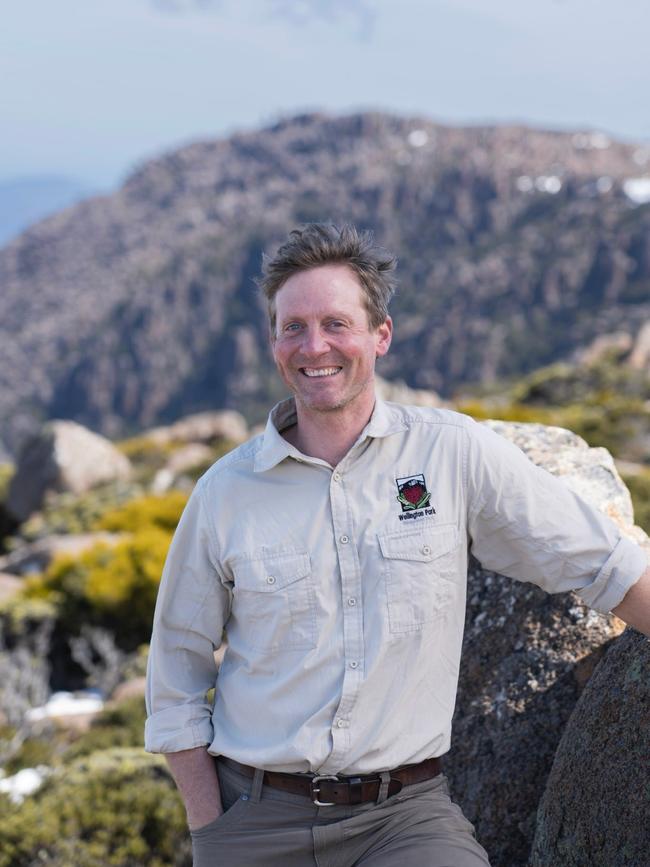
Mr Masterman urged mountain-goers to tell people where they were headed before setting out, check the weather forecast, wear layers of clothing, take food and water, and ensure their mobile phones were fully charged.
“Take a moment to plan your trip ahead of time and always allow enough daylight,” he said.
“Always use authoritative sources of information. Don’t rely on social media. Go to an authoritative source of information, such as the Wellington Park website or the City of Hobart, or even the Parks and Wildlife Service website to get information from experts rather than just going off what friends said or what you read online.
“Check the detailed weather forecast for the area you’re considering walking in, how long the walk is supposed to take, and tell a reliable friend your planned route and expected return time, and consider a check-in time.”
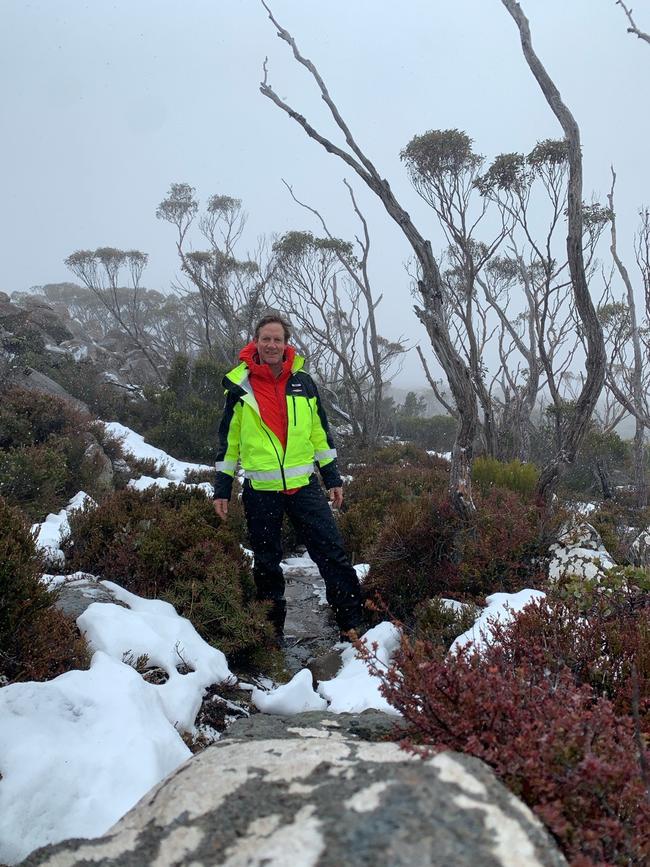
Mr Masterman recommended people carry personal locator beacons or EPIRBs with them when walking up the mountain.
“I always say, ‘prepare for the worst, hope for the best’,” he said.
“In my view, it is always better to have it and not need it than to need it and not have it.
“So always make sure you have ample nutrition and hydration for everyone in your party, sturdy footwear, warm and waterproof clothing including hat and gloves, sun protection, a map, fully charged mobile and if you can, carry a personal locator beacon or an EPIRB.”

Despite the risks, Mr Masterman encouraged people to explore the diverse geography and vegetation of kunanyi/Mount Wellington.
“You have all kinds of different people that love the mountain for all sorts of different reasons. And I love the fact that it is protected for all these different reasons,” he said.
“I’ve been in this role for about 15 years now; it’s dynamic and always changing. Every single day, something new happens to make the job interesting.
“There are so many walks available for people to try from different points depending on if and where the Pinnacle Road is closed. I don’t think I have a favourite walk – choosing one is a bit like asking you to pick your favourite child. But one I love is a wonderful half-day or five-hour loop of Thark Ridge and Mount Montagu, followed by Montagu Thumbs and Cathedral Rock, finishing at Betts Road. That would be my pick for a full-day walk.
“As long as you are prepared, the mountain has so much to offer.”
More Coverage
Originally published as Ranger’s expert hiking tips after 18 rescued at kunanyi/Mount Wellington




